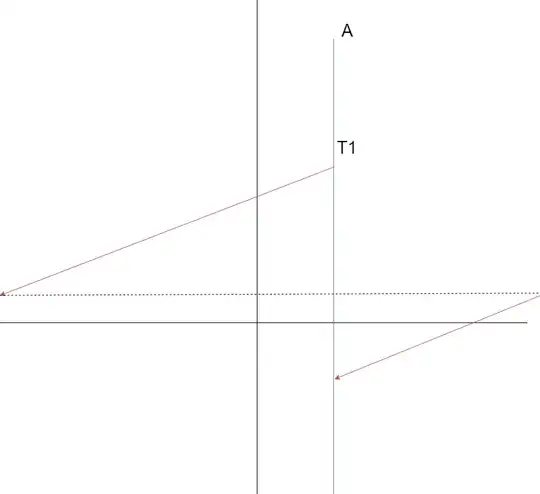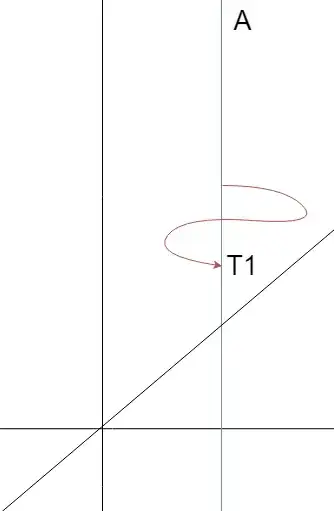Oh boy it's my favorite topic, causality violations!
Depending on the definition you give to causality violations and tachyons, it is fairly easy to give a causality violation on a spacetime. Here are some nice examples. Spacetime here is assumed flat (although topology may change), no math included as they are mostly diagrams that speak for themselves (just your basic Minkowski spacetime diagrams), and no coordinate change involved : this is just causality violation in a coordinate-invariant way.
Tachyon trajectories are in red, observers in blue, coordinate axis in black.
Here's a simple example involving two observers : Observer $A$ emits a tachyon (very slanted) in the direction of observer $B$, which emits back a tachyon to observer $A$.

You can check that the observers are all timelike while the tachyons are all spacelike trajectories. Given enough distances between $A$ and $B$, you can send tachyons arbitrarily far back in the past of the emission of $T_1$, and of course send arbitrarily many tachyons to compose whatever message you want.
One may object that the fact that $T_1$ points to the "past" is cheating, but this is entirely a coordinate artefact : a boosted observer $A$ will see $T_1$ as future-pointing, with respect to its own spacelike hypersurface.
Slightly fancier example : take the spacetime to be the Minkowski cylinder $\mathbb{R} \times S^1$, with a single observer.

A single observer can communicates with itself. This is not possible to do in $1+1$ dimensions in Minkowski space (it can be shown somewhat easily by the fact that in $1+1$ dimensions, timelike and spacelike dimensions are interchangeable and there are no closed timelike curves, so there are also no closed (smooth) spacelike curves).
If we allow more dimensions, things become easier. Consider the $2+1$ dimensional example with (non-free) tachyons.

It is possible to have some helicoidal shape in $2+1$ dimension that is entirely spacelike, but goes back in the past of its own lightcone, which is a fairly bad thing.
Once you have those various scenarios, it's not hard to construct one of the classic horrible causality paradox to show the various Cauchy development problems involved.



